Psalm 63:1 O God, thou art my God; early will I seek thee: my soul thirsteth for thee, my flesh longeth for thee in a dry and thirsty land, where no water is;
8/29/16 Once I got in from the previous evening I began to capture my thoughts. In the middle of it I fell asleep. In a panic I woke up a few hours later because I wanted to go back to the site of the baptism under quieter conditions. I believe in my heart that God woke me up in that hour and I began to read the scriptures of Christ’s ministry in this area in preparation for our day’s activities. One story in particular was of Christ walking on the water coming to the disciples while they were in a boat on the Sea of Galilee.
John 6:20-21 But he saith unto them, It is I; be not afraid. Then they willingly received him into the ship: and immediately the ship was at the land whither went.
While reading this, I realized I could actually meditate on these same scriptures near the same location and at the same time that Christ came to his disciples. So during the fourth watch, which is from 3am-6am, I got up, went out to the baptism spot and prayed a prayer of immediacy for myself, my friends, my family, and ministry. Watching the sun rise at the same moment gave this transitional element and I just believe that as we’ve received Christ into our lives in the midst of contrary winds he gets us to the other side IMMEDIATELY.

Watching the water move gently, I could even hear the fish moving around in the water. Just an opportunity to listen in that moment was awesome. One of my sisters, Sonja, joined me on the beach and all I can say is that she is a prayer warrior with a grace for intercession. We continued praying together and it was an absolute blessing to my soul.
On the road we passed by the city of Magdala where Mary (mother of Christ) was from. There was some construction going on in the area.
We learned the city of Tiberius was founded during the time when Christ was a lad and became a thriving fishing location a few years after his death. To this day, the fishing industry is still important in this area. There are still fishing villages around and tilapia is the catch of the day.
Avi also reminded us that Israel and the other countries around it are water poor countries. Currently, about a third of their water needs are provided by the Sea of Galilee and the rest through recycled water, desalination efforts, etc.
Tiberius was on our way to the Mount of Beatitudes located near the place where the Sermon on the Mount was delivered. Here’s a picture of the area that has a structure and form that would serve almost as a natural amphitheater.
We visited the church in this area and we read the beatitudes from Matthew 5:3-16.
Our guide also mentioned how the Pilgrims used portions of these passages to signify the search for something that was supposed to be better as a light to the world. He also brought out how Jesus spoke in a way providing a new set of commandments that moved beyond action to intent. He then read Matthew 5:32.
Next, we traveled to the site called the Church of the Primacy of Saint Peter.
We went to a special location in this area where it is believed to be near the spot of the miraculous catch of fish. Brandon read John 21:15-19 to us and these passages have resonated with me in this season of my walk.
Avi then brought some insight on the 153 fish caught in the miraculous catch being associated with number of nations known at the time. We were even given the opportunity to bring home water from the sea of Galilee before departing to our next location.
Next, we traveled to the City of Capernaum and read Mark 1:16-20 and how Christ called some of his disciples into ministry.
Mark 1:21 And they went into Capernaum; and straightway on the sabbath day he entered into the synagogue, and taught. Mark 1:29 And forthwith, when they were come out of the synagogue, they entered into the house of Simon and Andrew, with James and John.
This site is believed to be the location where Jesus jump started his ministry. Peter’s mother-in-law’s home served as his base of operations and is actually right next to a synagogue that might be the place where he taught and cast out a demon from a man. This site is believed to be the location because of the various artifacts found in the location and the fact that it began as a house church.
This is the house church below.
This is a picture of a church built on top of the house church.
And here is the synagogue next door that was built on top of the original synagogue.
Avi also brought out the strategic nature of Christ’s location of ministry in this area. During the time Christ’s local ministry was devoted to healing the sick, Capernaum would have been a center of trade and commerce on an ancient highway. Capernaum would be convenient for logistical support and communication throughout the region. The time spent in Jerusalem was for the national (I would say universal) ministry to all. The other unique thing about this location in Capernaum is that it was northwest (opposite) of pagan cities such as Gadara.
Avi explained that Gadara has a series of hot springs due to the volcanic activity that heats the water. In that time the Decapolis (ten cities) including Gadara was a pagan area filled with sick persons. In that time, sickness was considered to be the result of sin so that region was filled with sin sick persons. Another strategic element of this location is the fact that it’s near the northern part of the Jordan River which is a border point for tax collectors.
Next, we traveled further to discuss the civil war in Syria with an active patrol for the area. We had to take off-road jeeps in order to travel to the location where we could observe Syria. He used a common narrative that we’ve heard before of “complicated” when discussing the issues in this area. He mentioned that there over 1000 different resistance groups in the area and over a half million people that have lost their lives in the past 5 years.
He also described the issues with the Syrian army and Hizbellah. Israel is not intervening in the conflict and he mentioned the importance of giving locals a reason to stay as farmers rather than joining these resistance groups for a significant increase in pay. We could actually hear gunfire in the horizon and saw Al Qaieda soldiers travelling by motorcycle on the road. A decision was then made for us to leave and go to a local winery for lunch. From this experience I heard two very powerful perspectives. One from a brother who described how resilient Israel is considering the fact that we were eating watermelon overlooking Syria and a few minutes away from a winery while a war is going on right next door. Their ability to keep living and thriving under these conditions is incredible. Another came from one of the members of our security detail that served as a paratrooper in the IDF (Israel Defense Force) and his perspective was that it was difficult for him knowing that people were dying in range while he was eating watermelon in the distance. He said it reminded him of the Holocaust. These were powerful statements from both gentlemen.
After eating lunch, our next step was Ziv Medical Center. I personally felt that this was an excellent component added to our experience. This particular hospital not only serves the local Israeli residents, but they also serve Syrian soldiers that have been injured in combat. During the Syrian civil war, countless lives have been lost and many injured. Seventy percent of the medical community has fled the area while many of the healthcare facilities have ceased to operate. In 2013, Israeli soldiers brought in seven Syrian soldiers that had been injured in combat. This year alone they’ve treated 650 patients and many of the Syrian patients have security issues due to their unknown status. The cost to treat these patients is absorbed by the hospitals budget (~$10M per year) and there is a bit of tension created by balancing the services provided to local Israelis and Syrians with the size facility. In addition to this, they also provide services and medication to persons with non-life threatening health issues such as high blood pressure or diabetes. We then had an opportunity to speak with two Syrian patients that put a face to the conflict. Through our translator, one of the patients said he grew up hating Israel, but when he returns back to the Syrian army (yes he’s going back) he plans to share with him his own experience. Another person we met lost both his arms and was partially deaf. He was only 18 years old and my soul hurts thinking about him. A statement was made that Syrian mothers have hatred in their mother’s milk for Israel but this hospital with its emphasis on medical humanity hopes to transform one patient at a time.
Finally, we had dinner one last time and each of us had a moment to reflect on our experiences. I remember saying something, but even know I’m still processing all that I was exposed to. The food was obviously great as well. In the airport while preparing for the flight, I had one last aha moment. I learned so much from each of my brothers and sisters. I find myself thinking that I’ll need some time to process all of this, but for now, it’s time to go home.
Shalom (Ascension SRU)



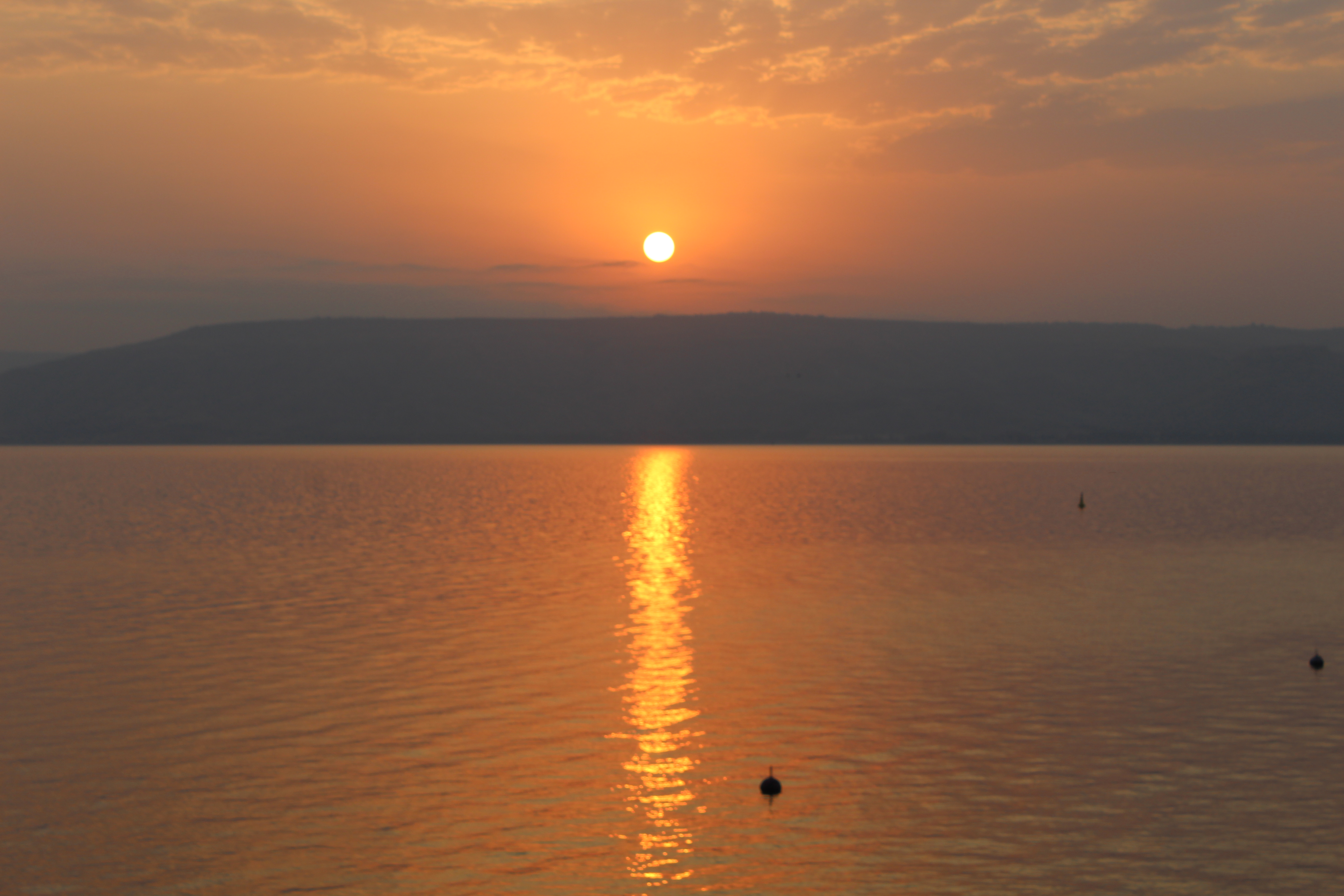
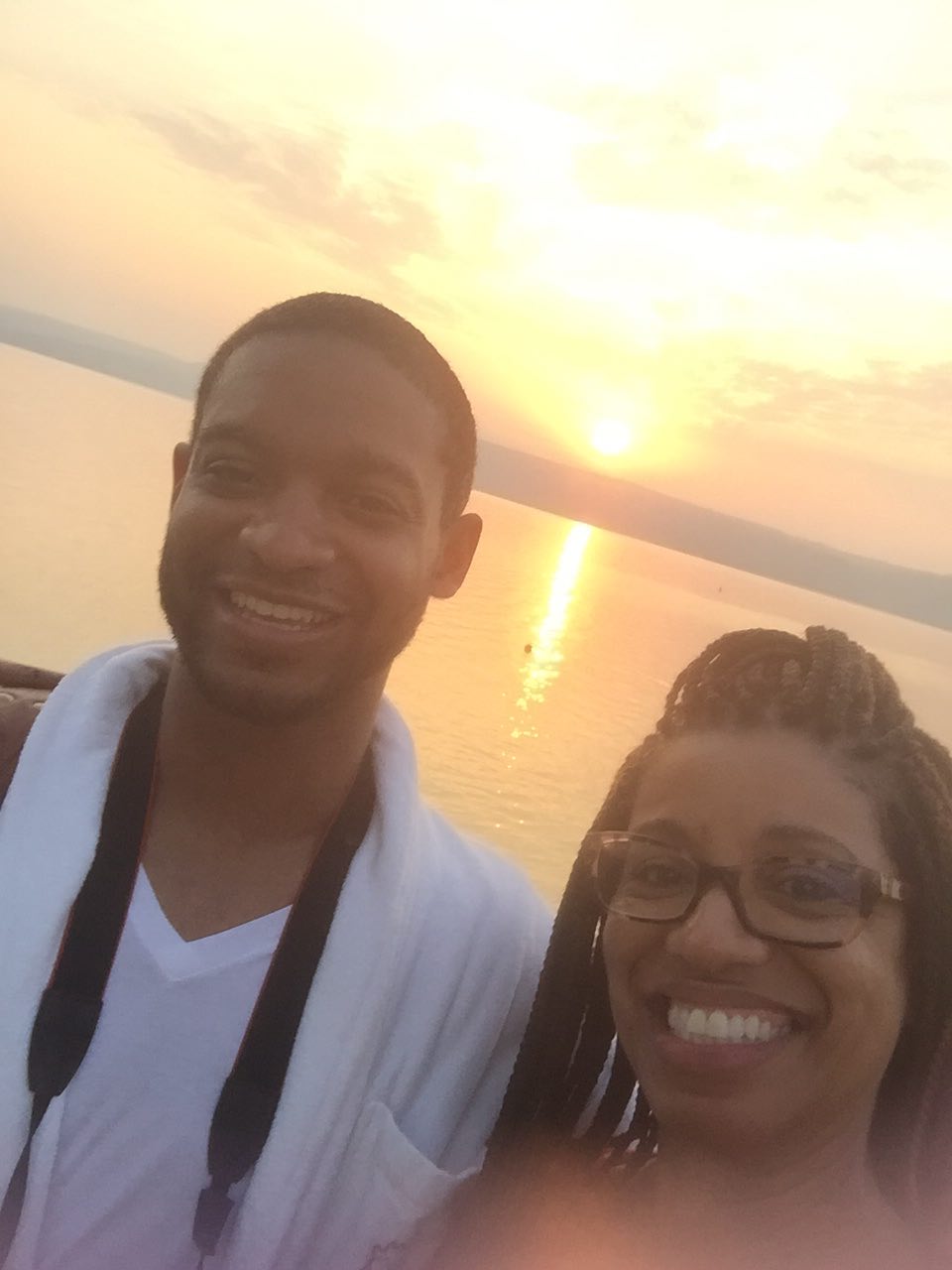
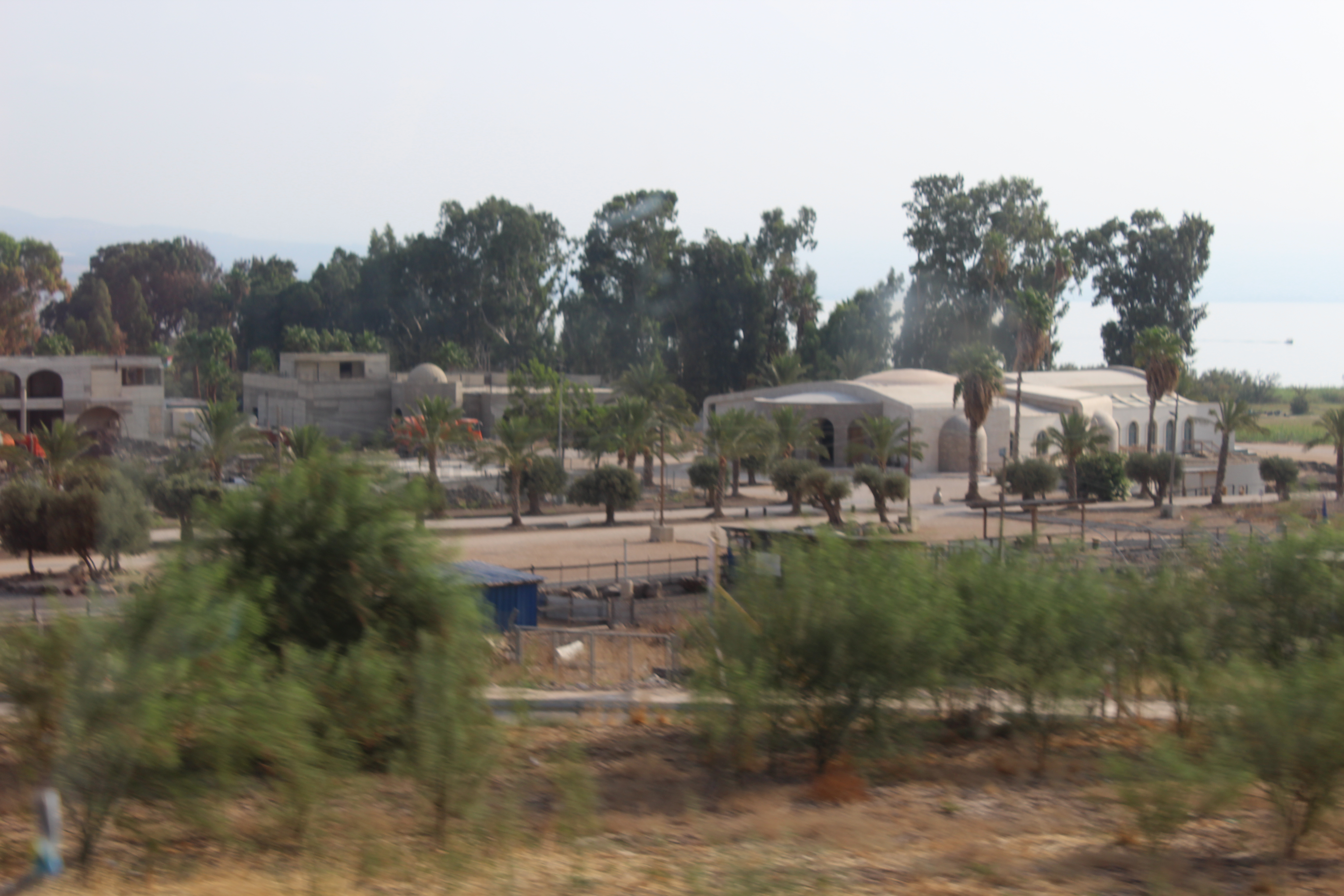
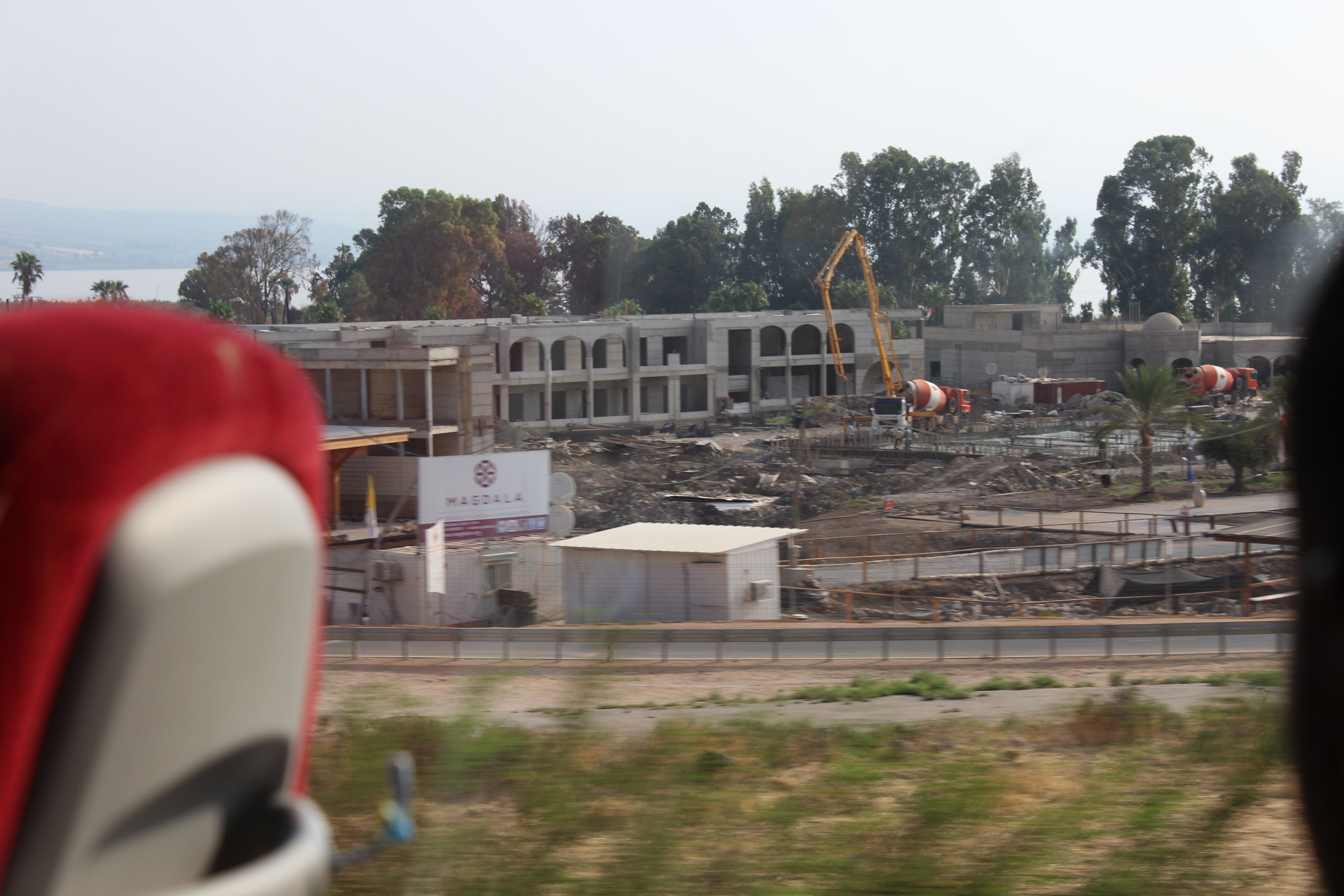
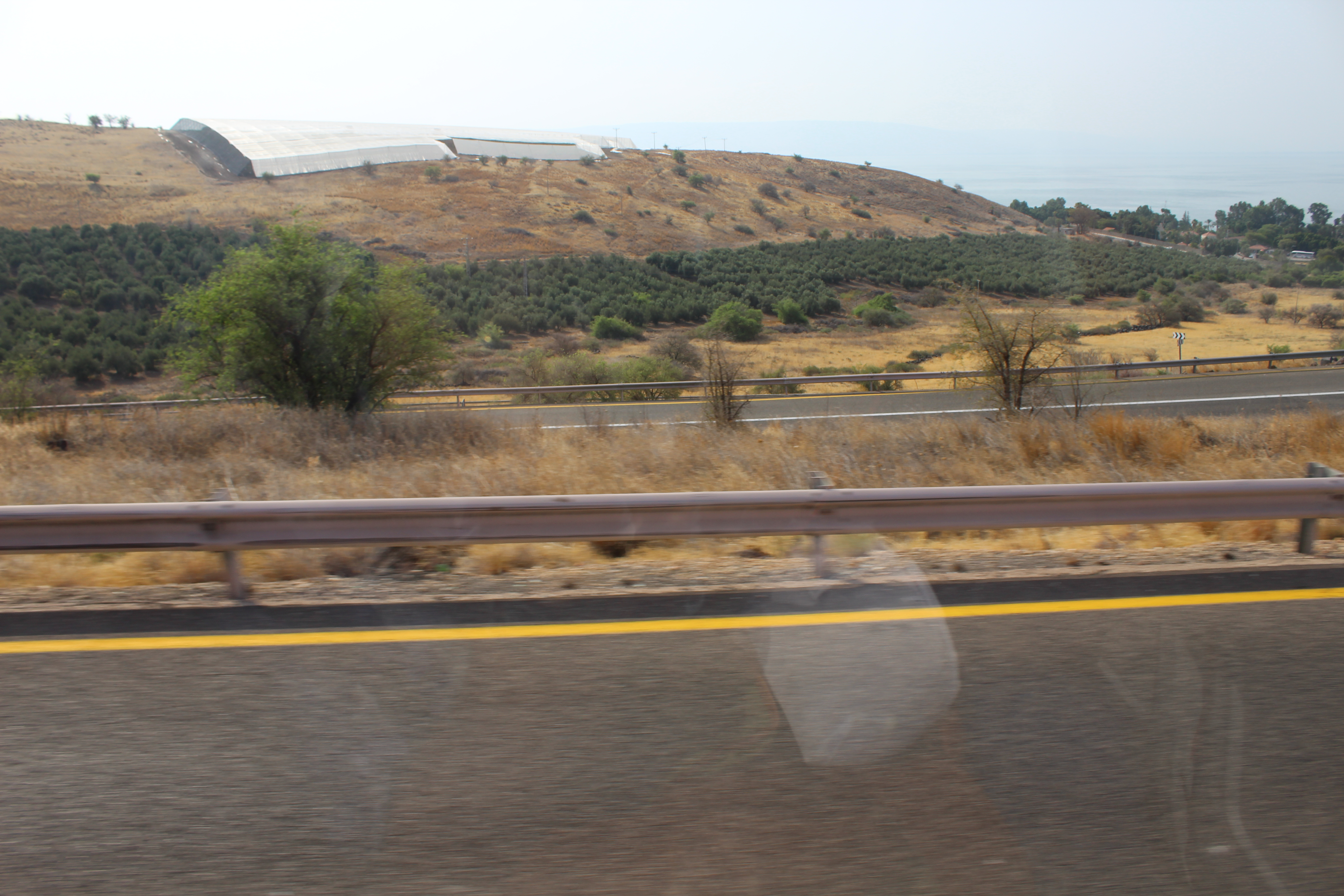
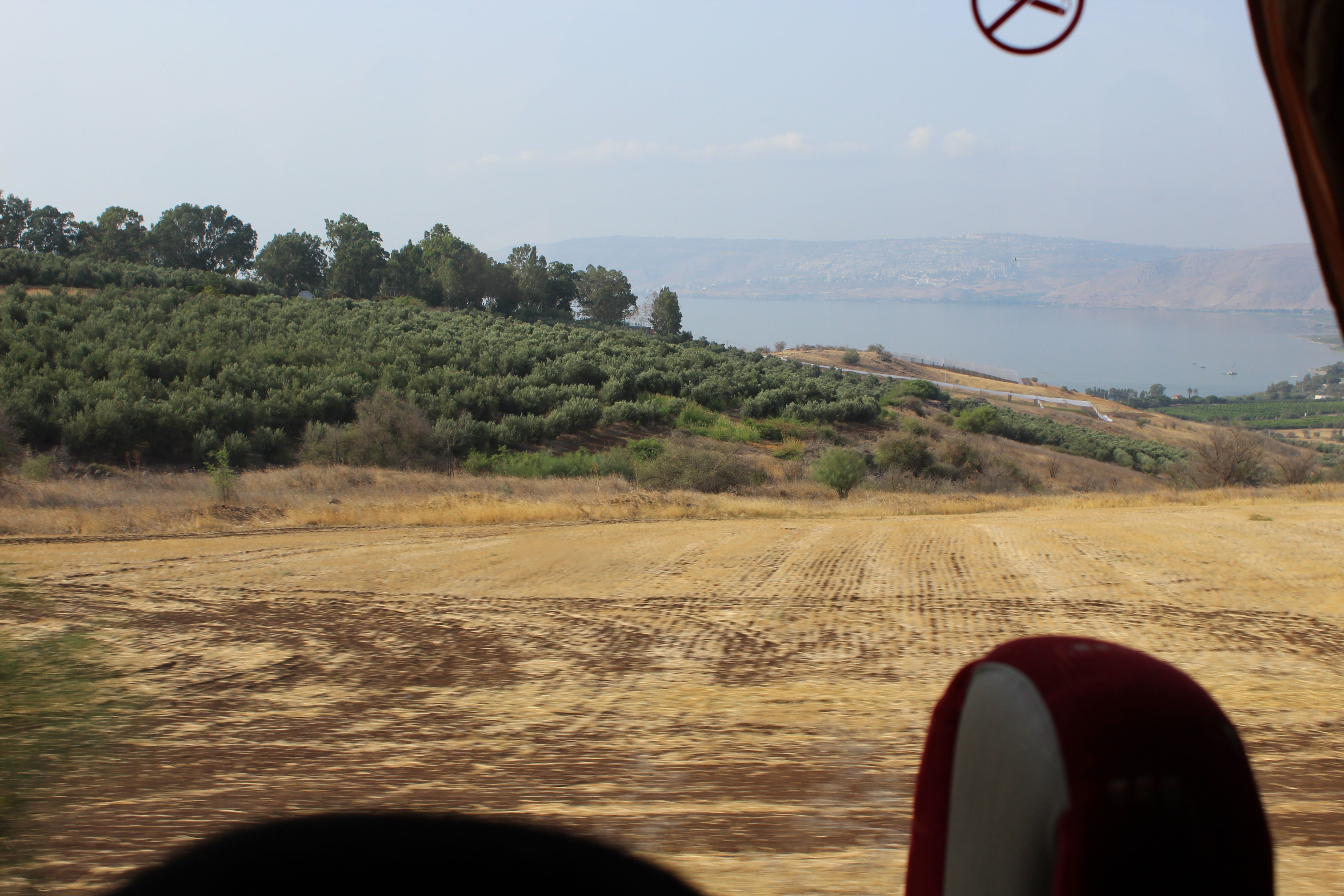
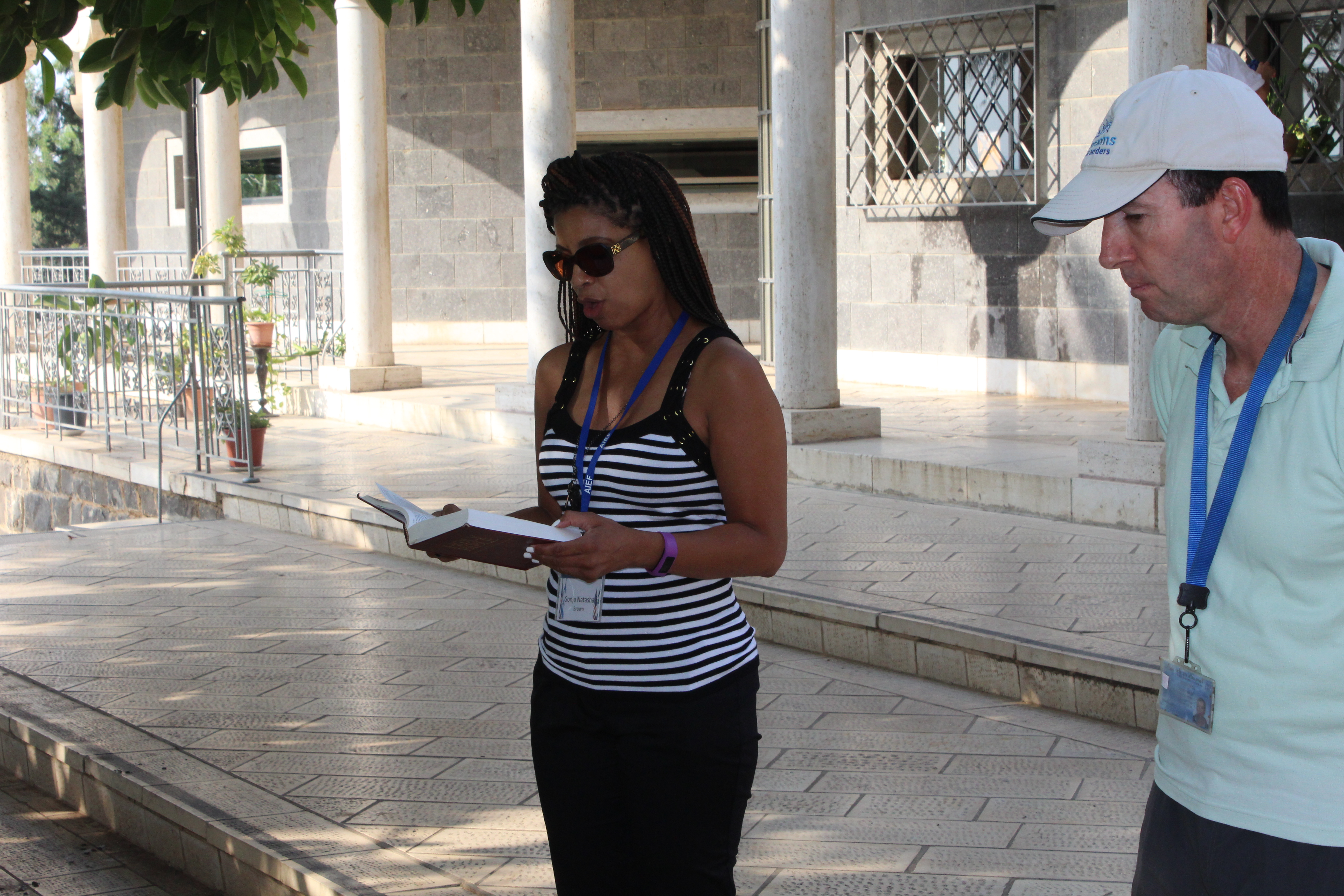





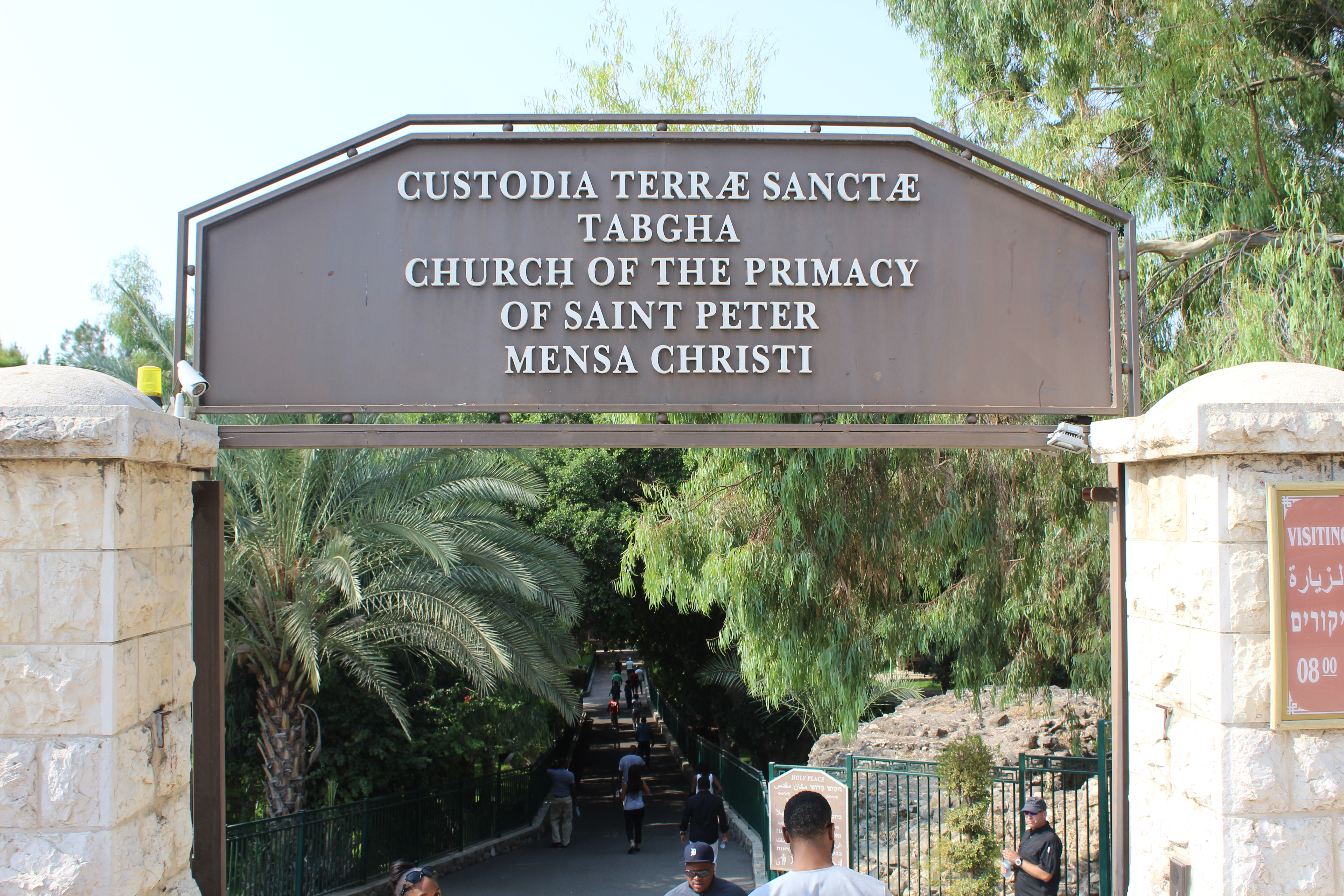
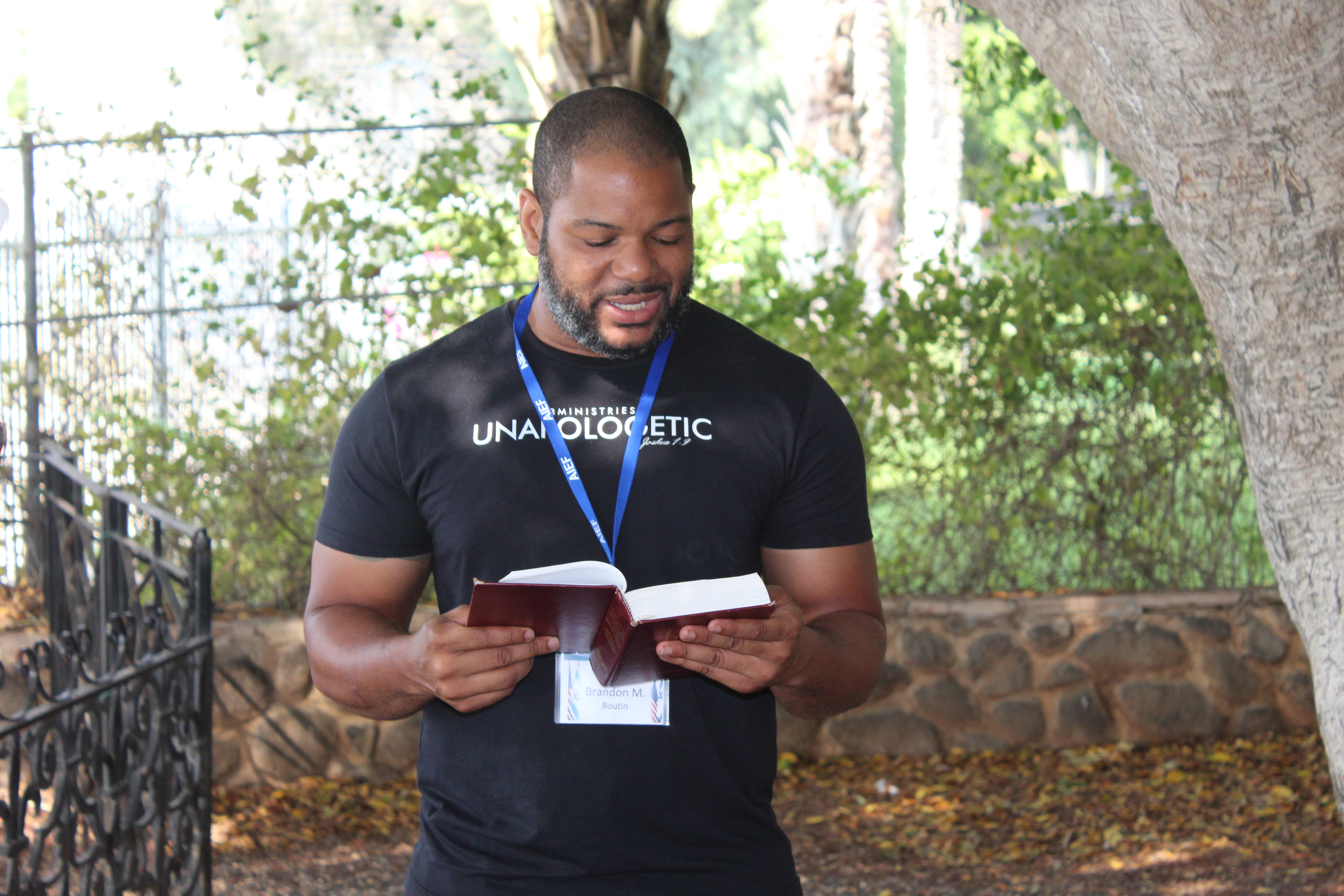
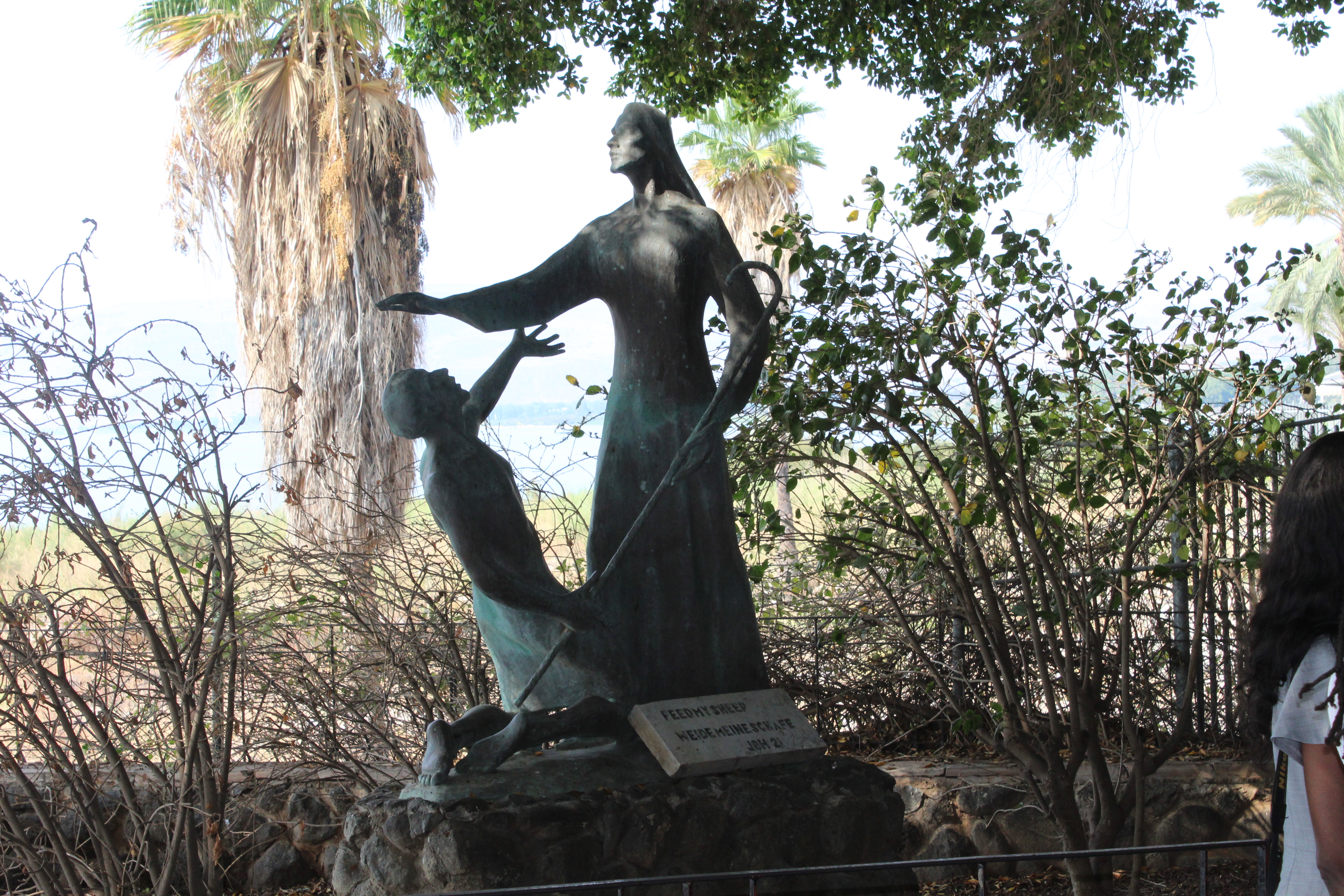
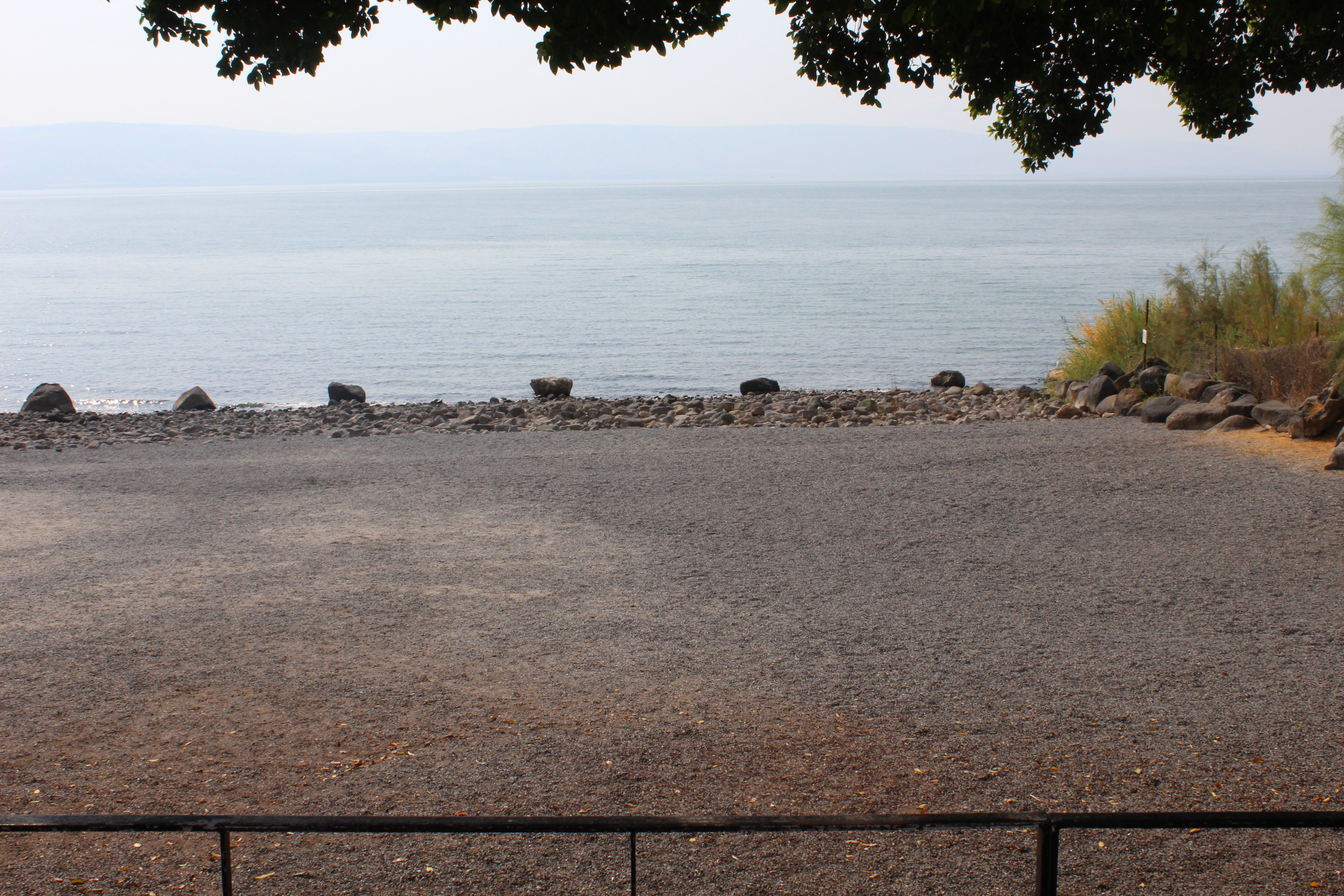
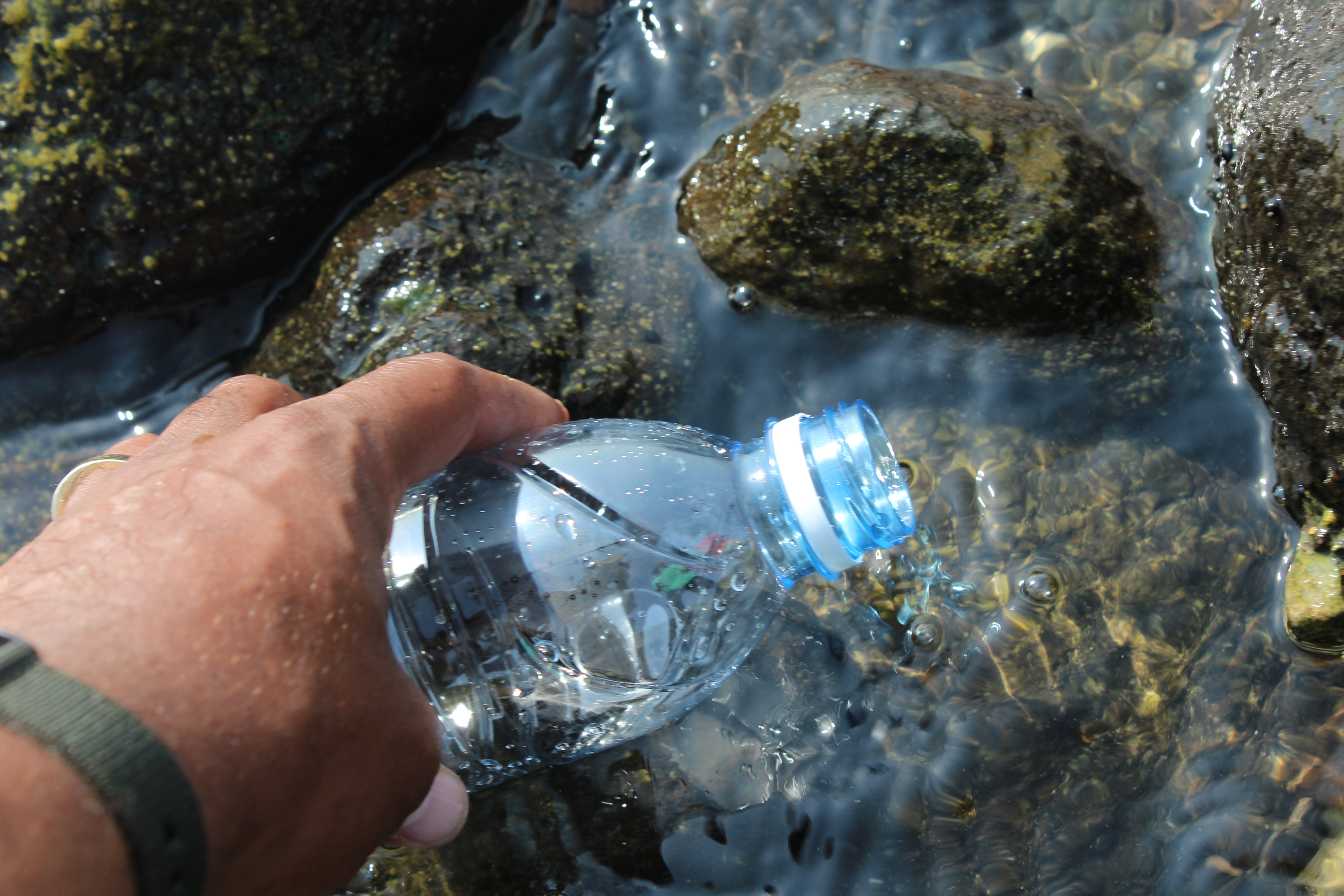
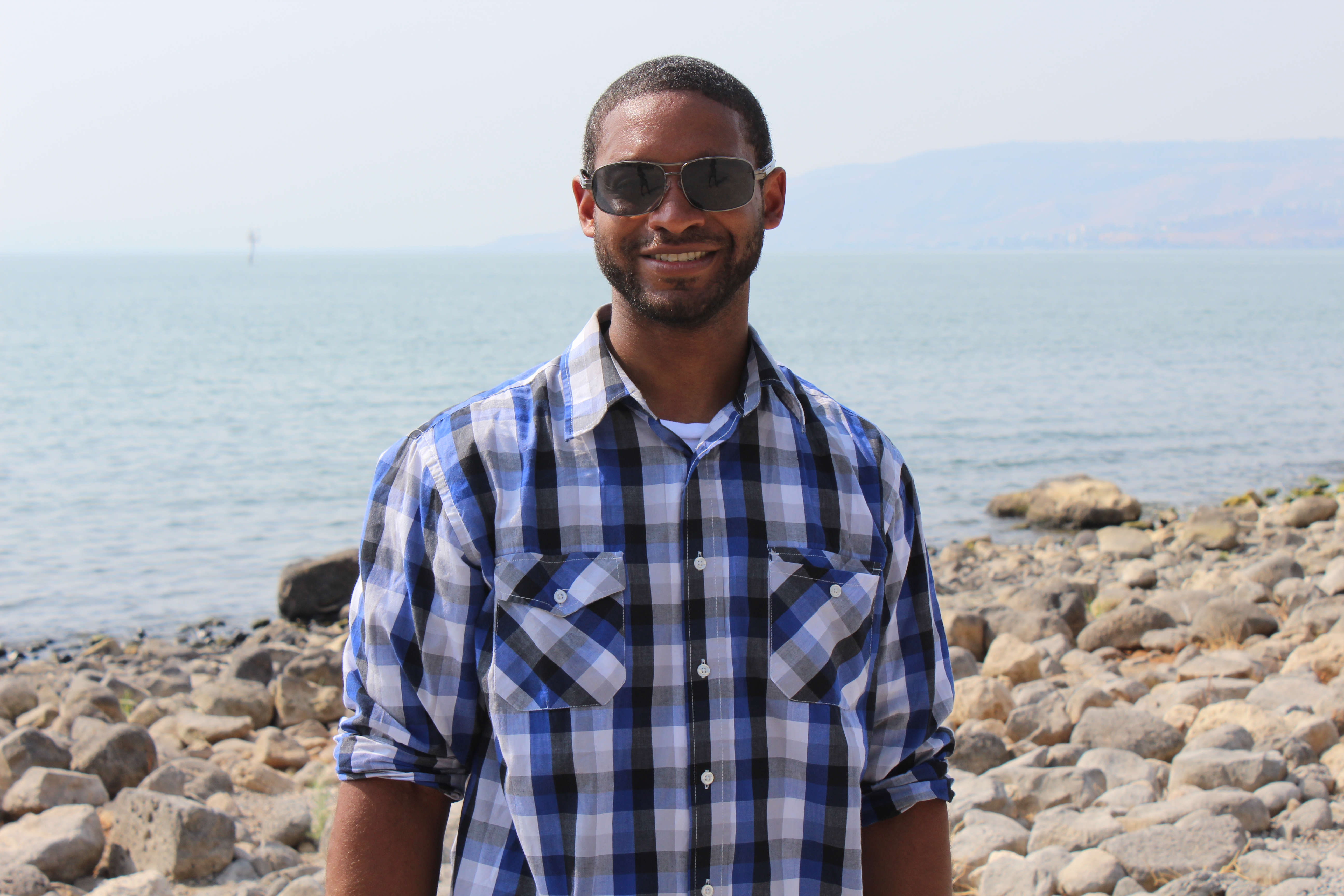
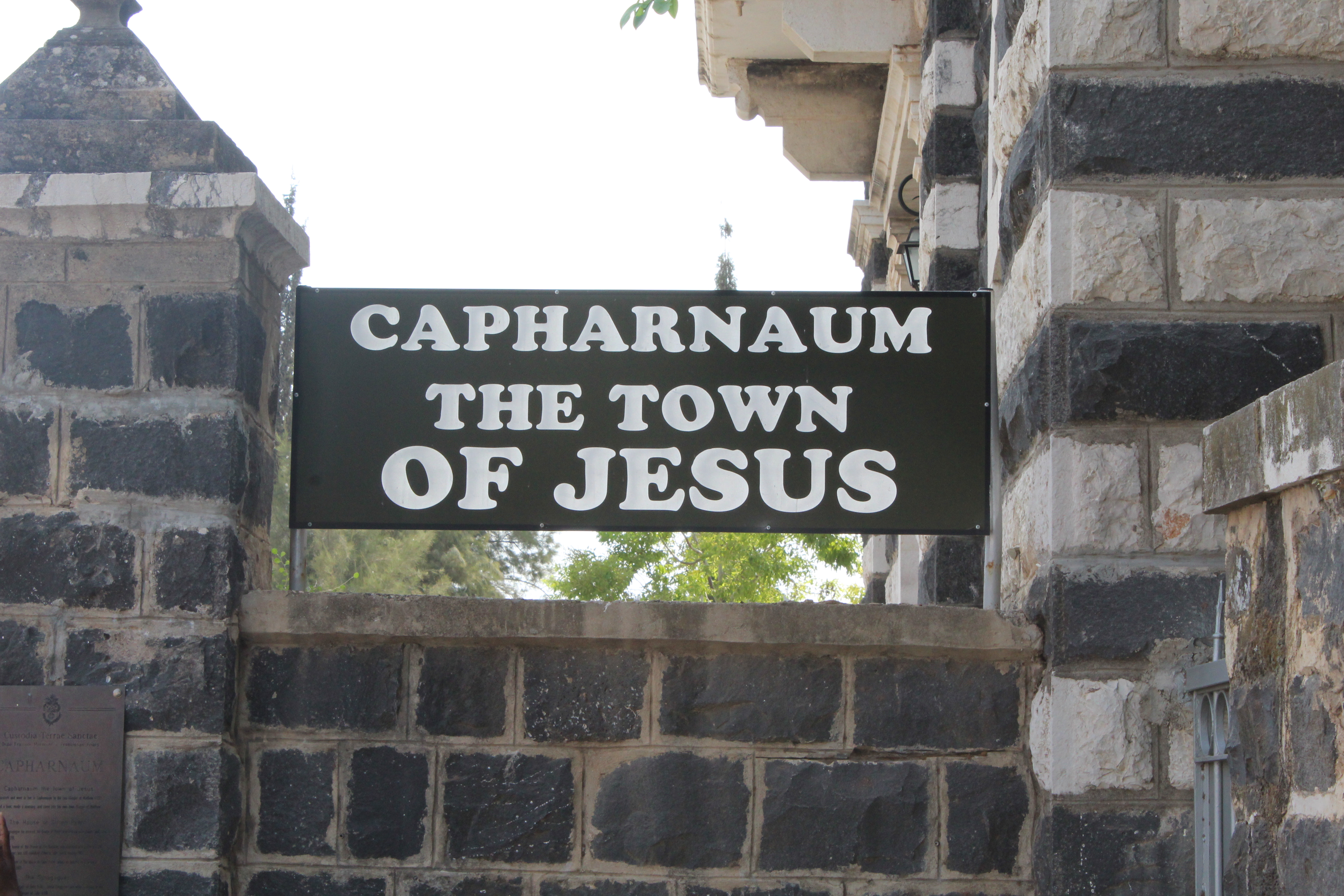
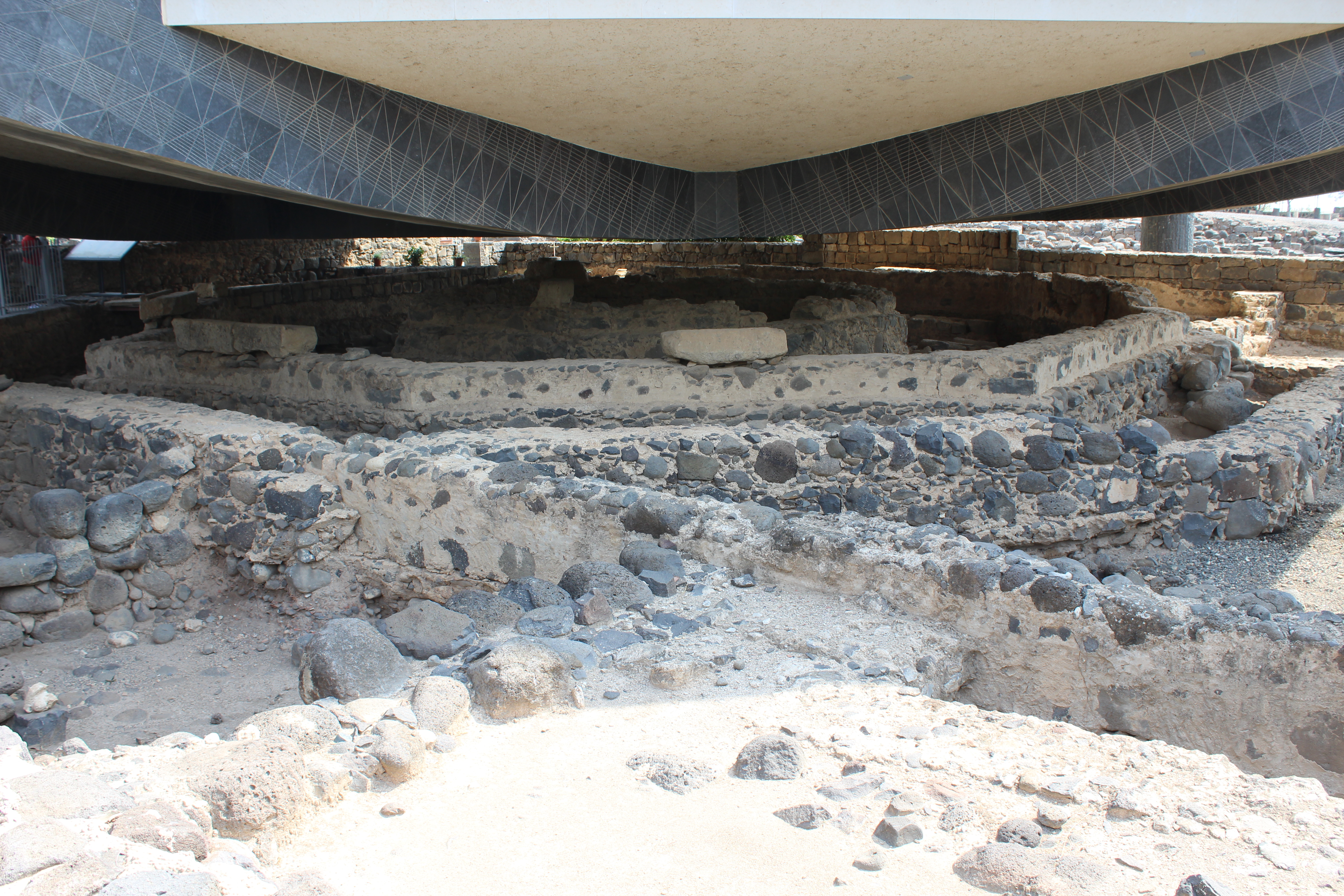
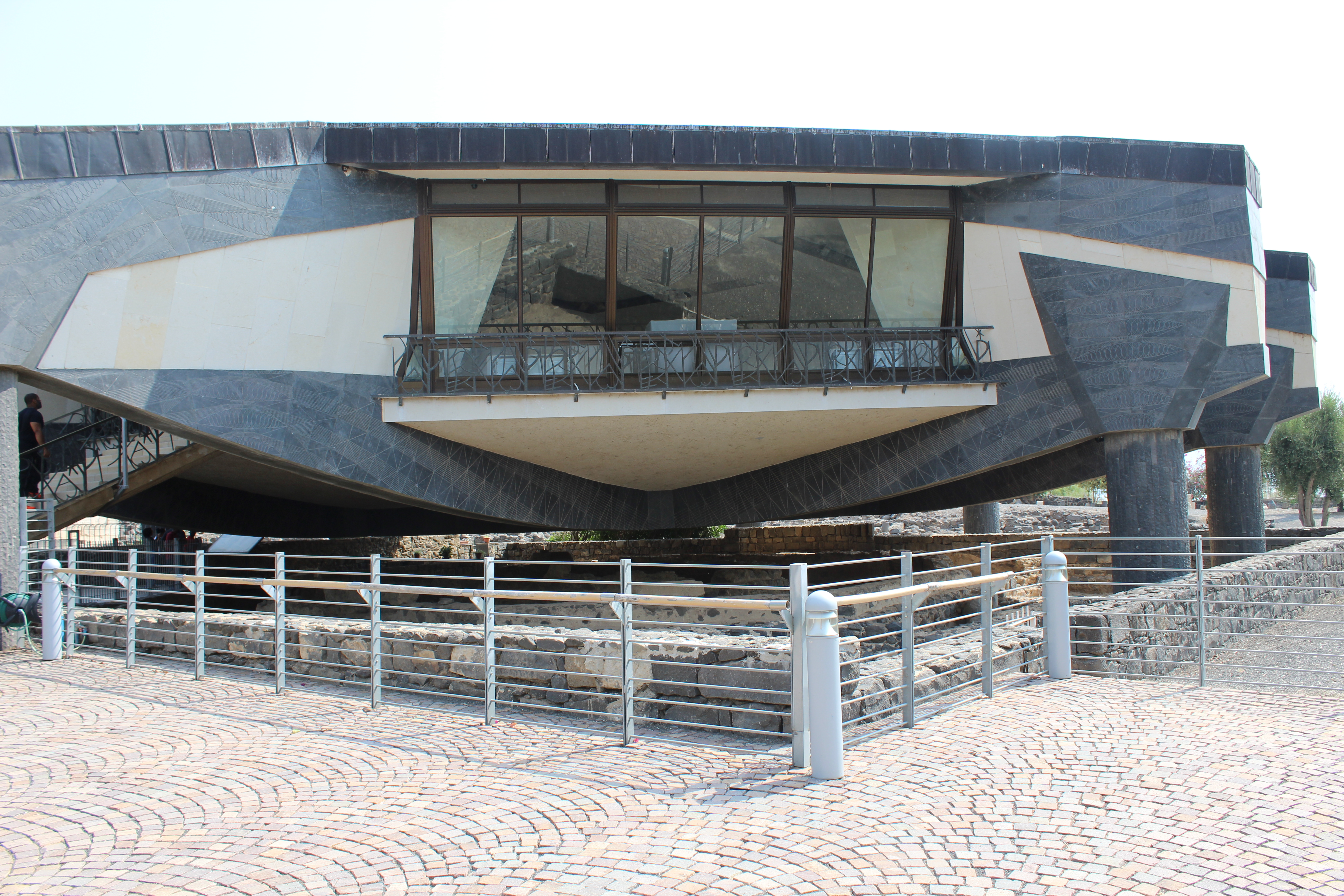
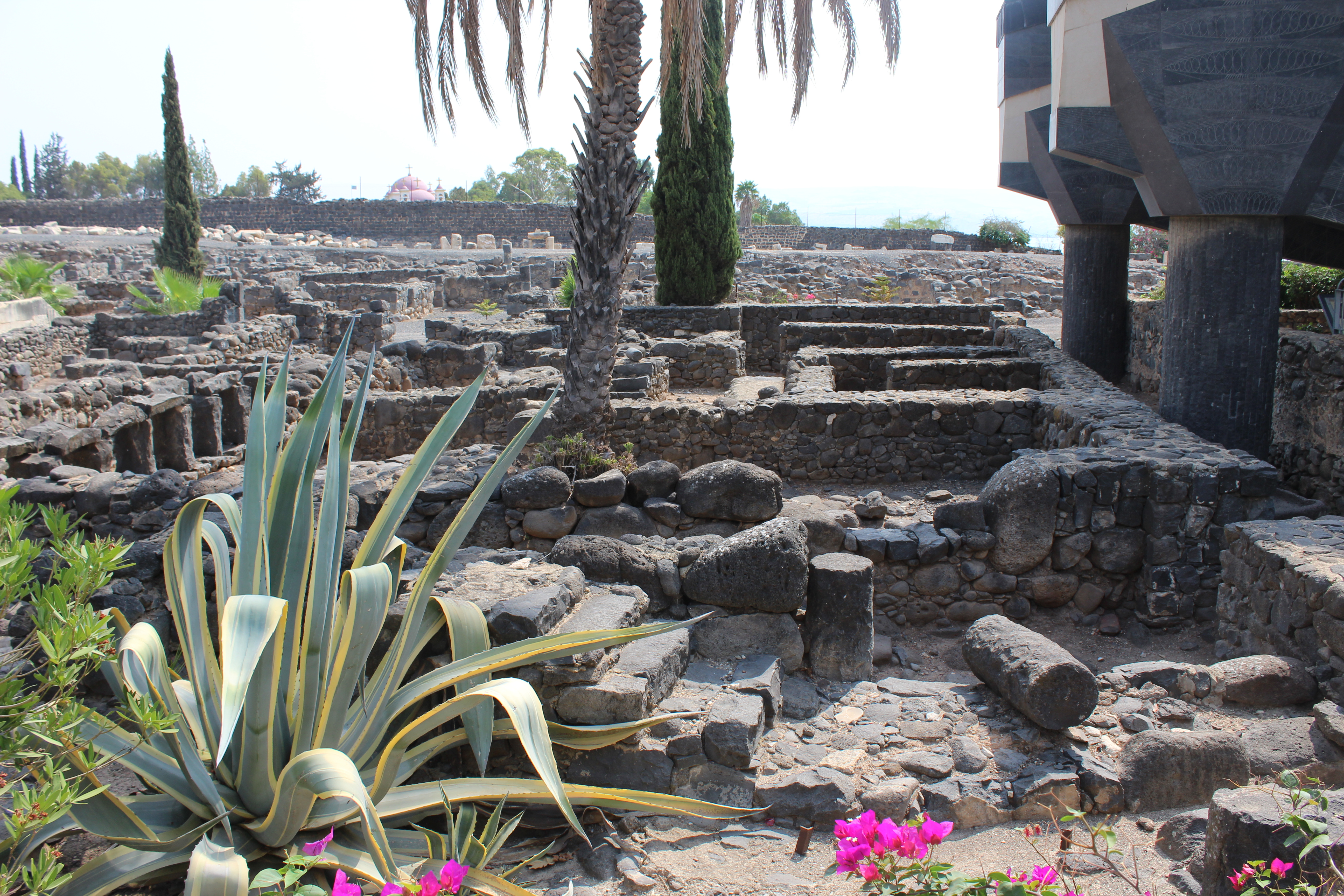
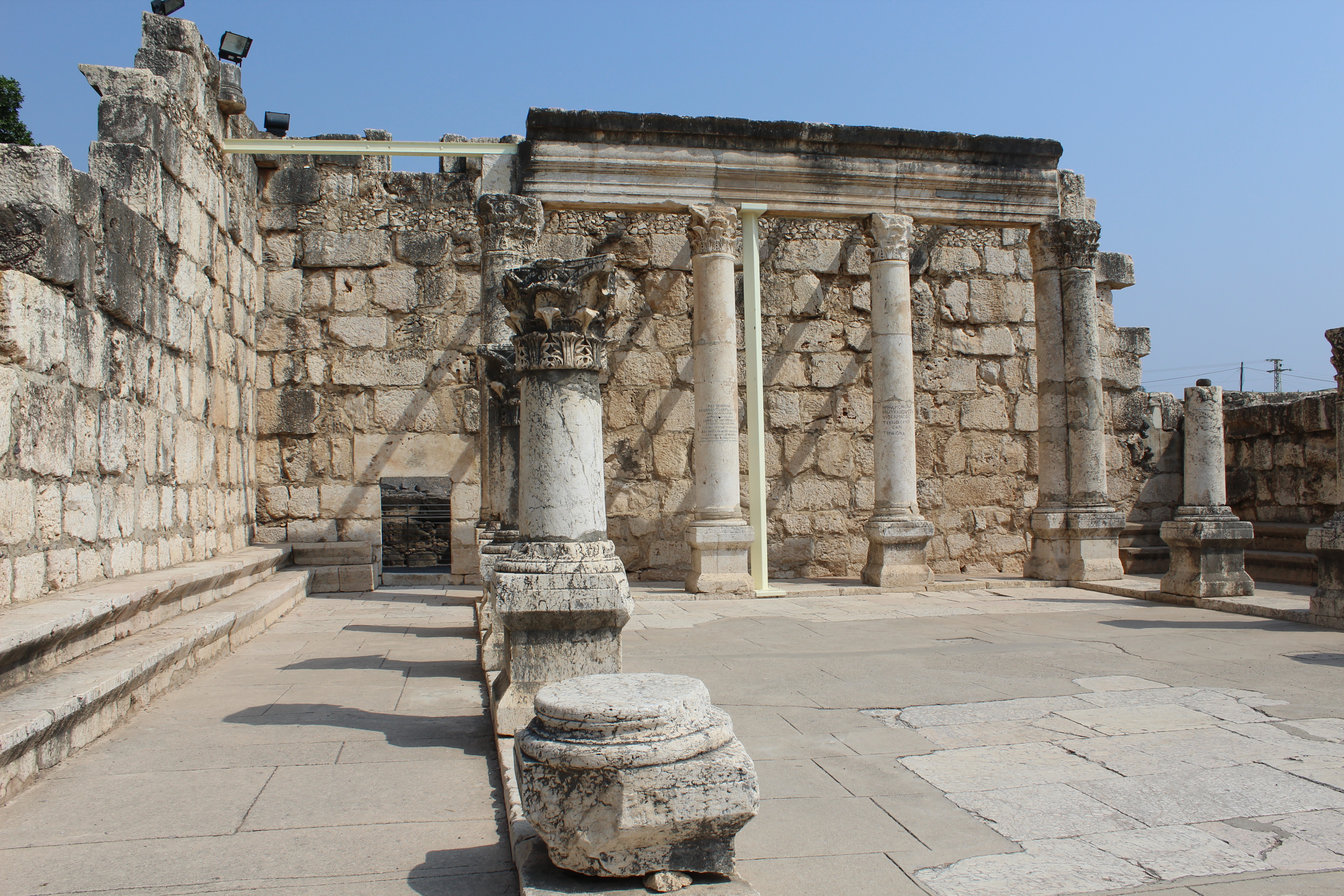
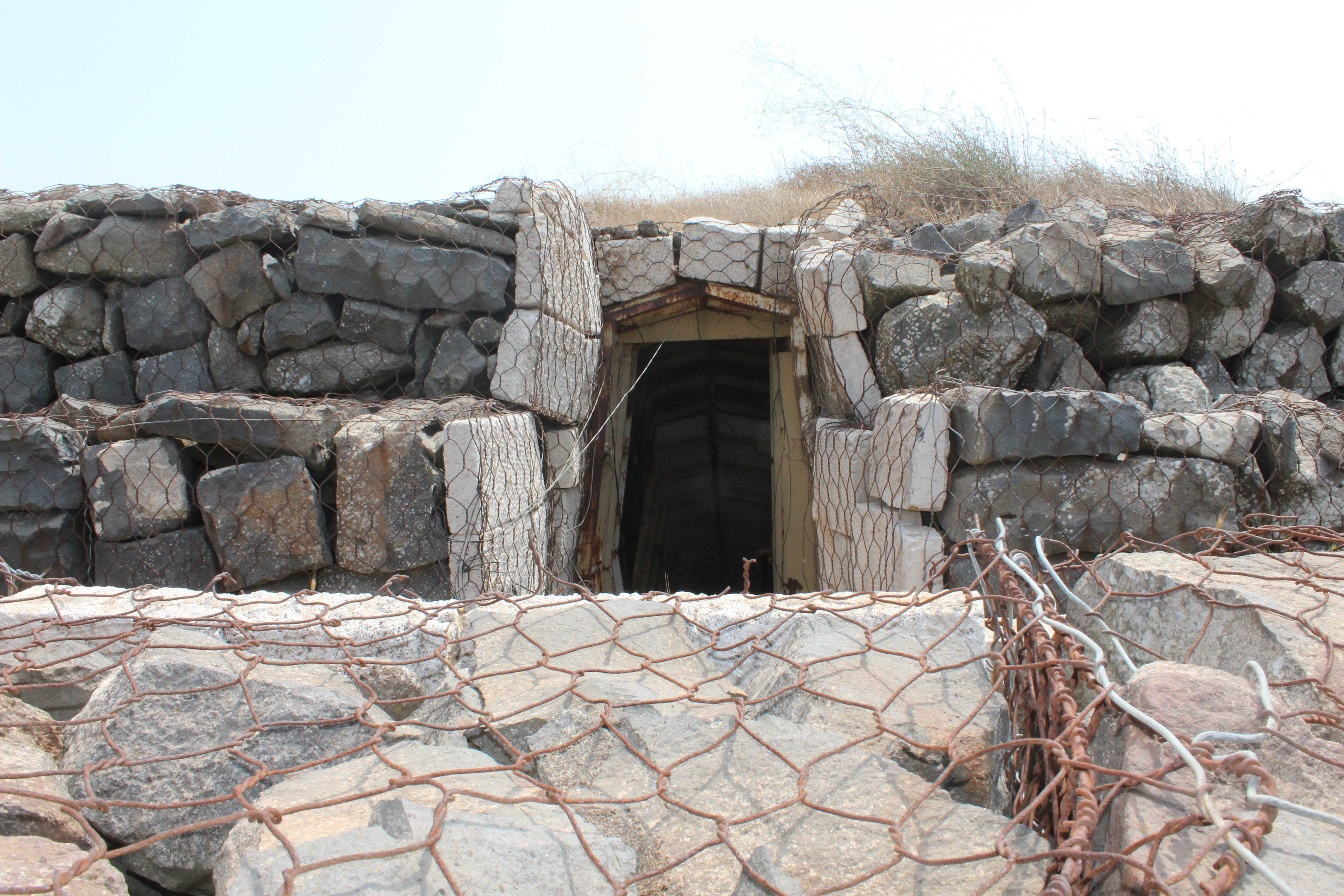
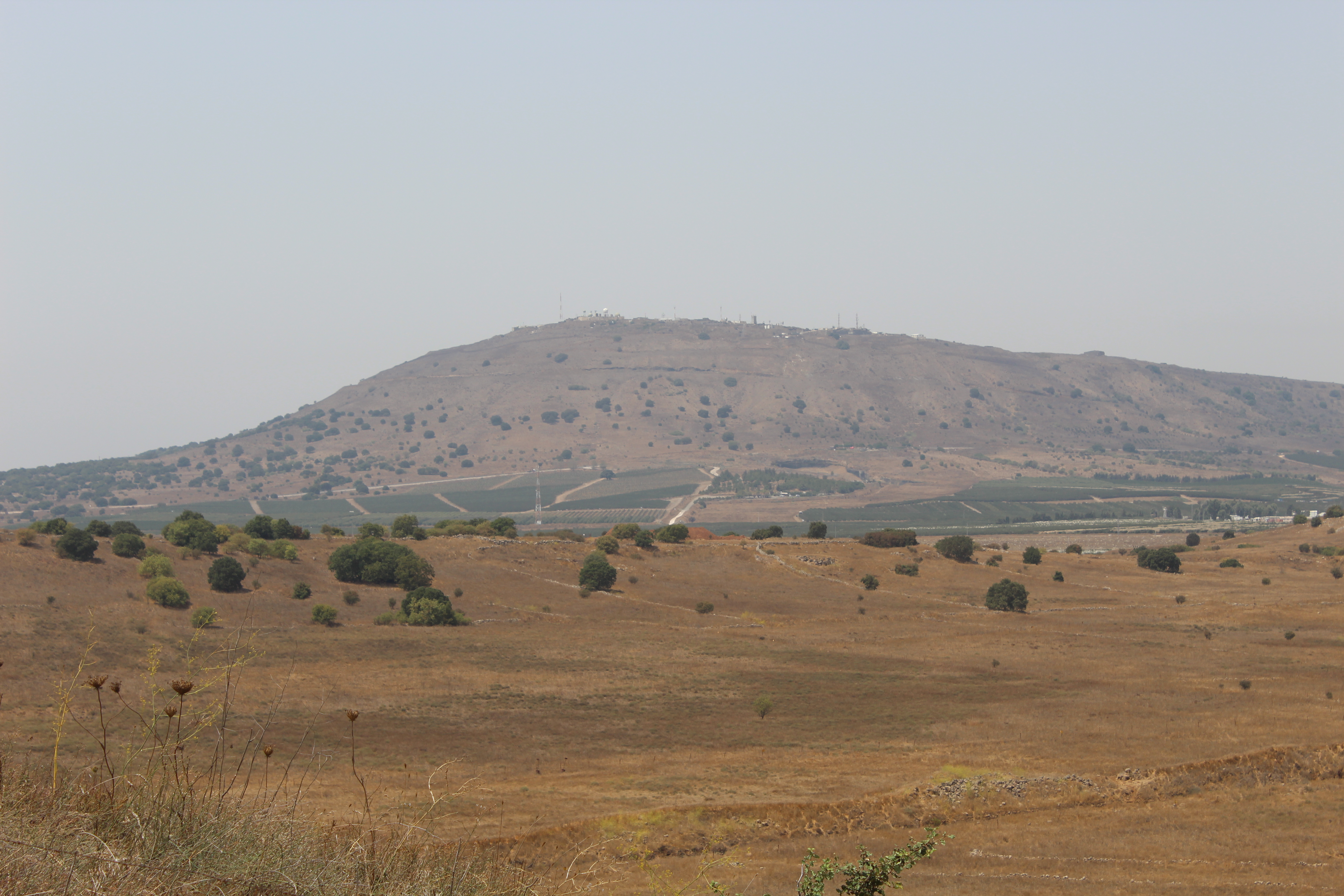

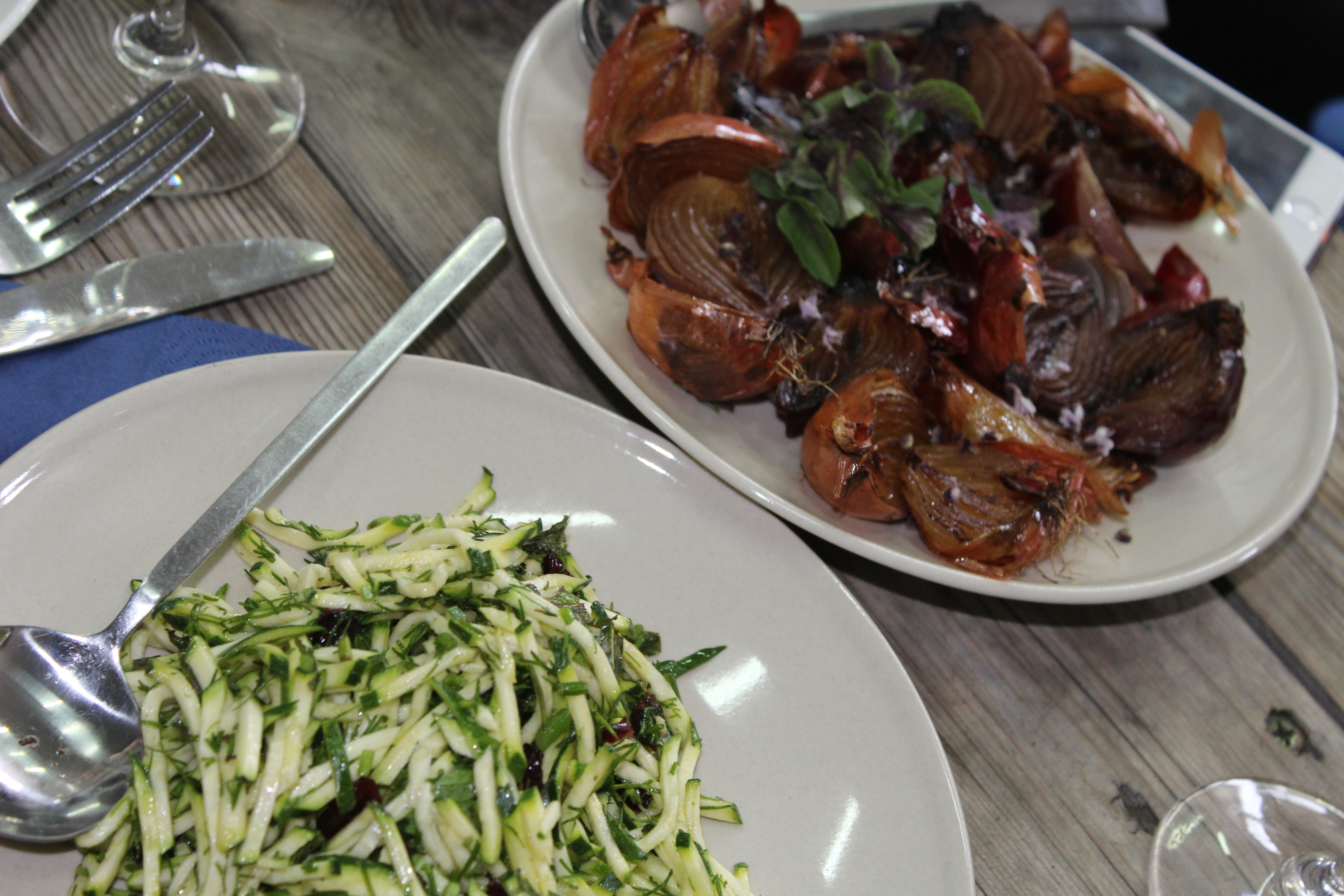

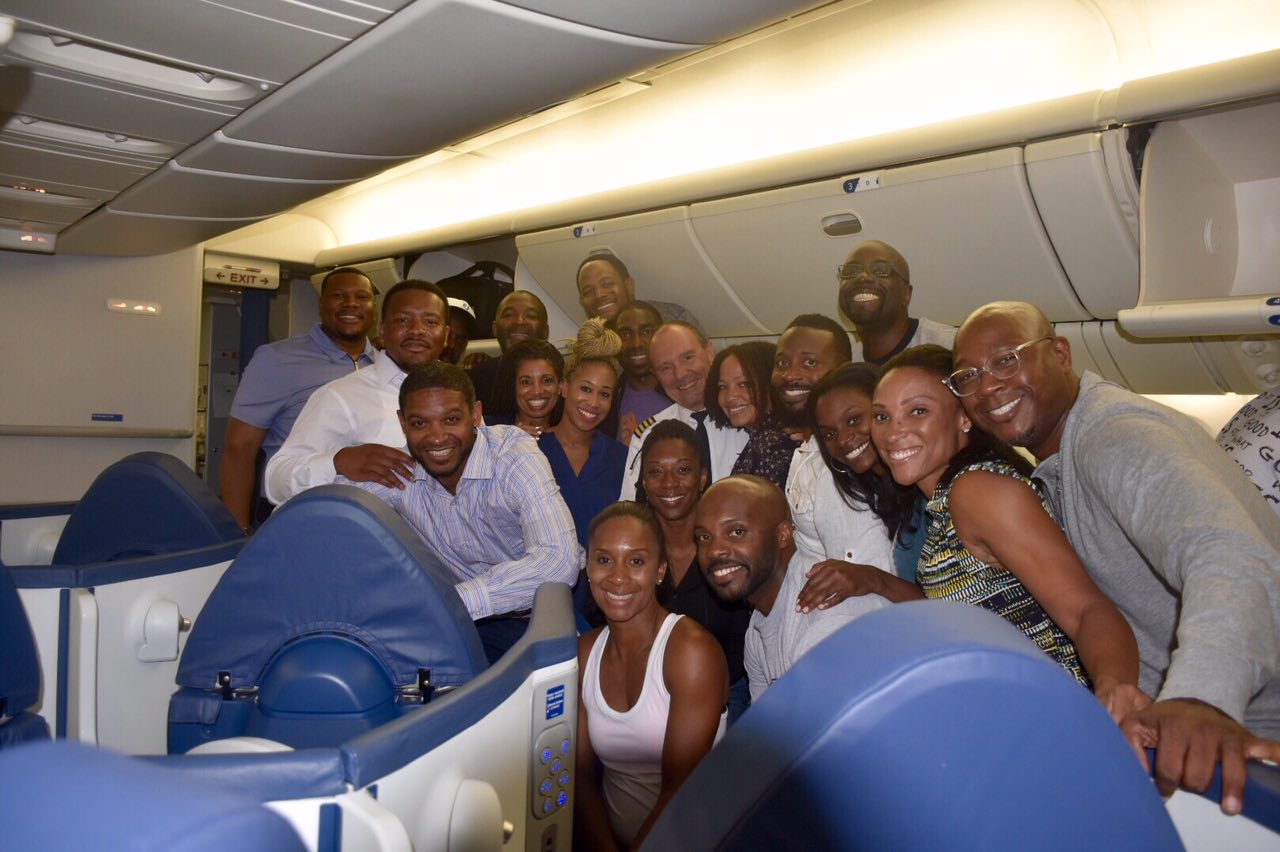
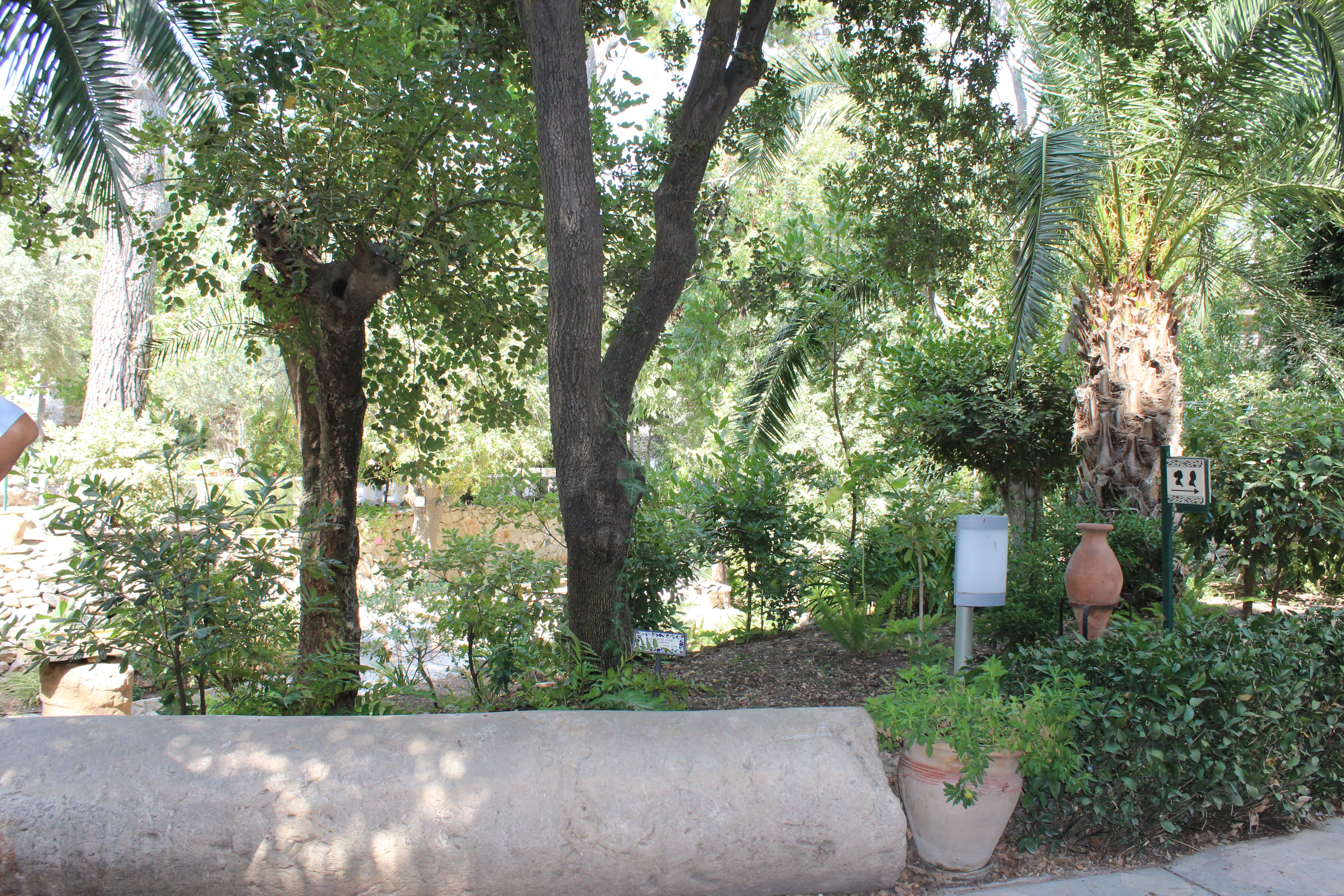

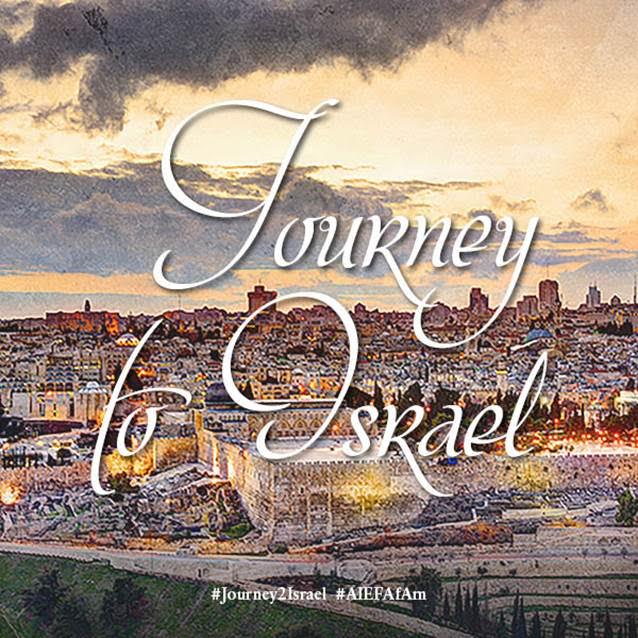

One thought on “Journey to Israel: Adventuring on our Last Day”
Wow, this is truly a lifetime experience that we’ll all remember. To be in the same place where The Beatitudes were actually spoken, mind blowing. We can really see how the Israelites preserve history even in architectural structuring, the way they build above while preserving the original beneath, reminds me of Proverbs 22:28 “Do not remove the ancient landmark that your fathers have set up” just as Gods word is preserved so are the important landmarks that Pastor has had the pleasure of beholding and experience them in all the glory of Elohim “God the Creator”…